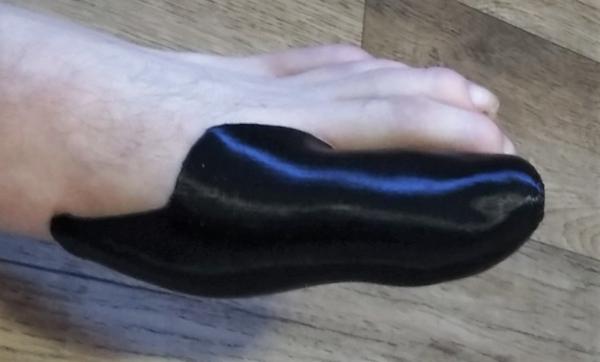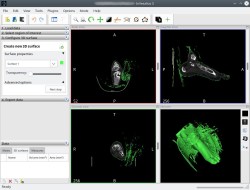Autoimmune diseases occur when the immune system starts attacking the body’s own cells. They can cause a wide range of deleterious symptoms that greatly reduce a patient’s quality of life. Treatments often involve globally suppressing the immune system, which can lead to a host of undesirable side effects.
However, researchers at the University of Chicago might have found a workaround by tapping into the body’s own control mechanisms. It may be possible to hack the immune system and change its targeting without disabling it entirely. The new technique of creating “inverse vaccines” could revolutionize the treatment of autoimmune conditions.
Continue reading “Inverse Vaccines Could Help Treat Autoimmune Conditions”

















